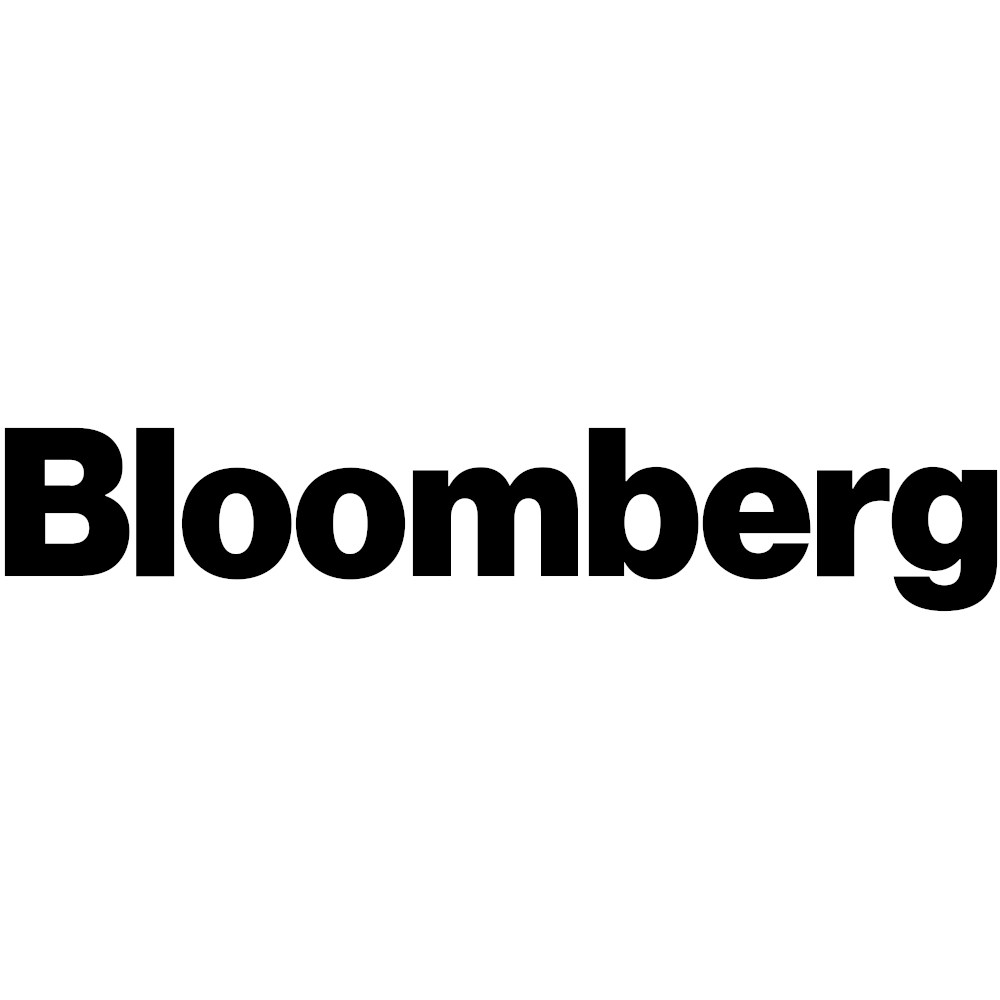Treasury Yields Surge as Focus Shifts Back to Fed’s Rate Hikes

By: Michael MacKenzie
Treasury yields surged sharply higher Wednesday, hitting fresh daily peaks late in New York, as demand from haven-seeking investors waned and Federal Reserve Chair Jerome Powell confirmed expectations that the bank will start hiking interest rates this month.
Benchmark yields kept rising after futures trading in Chicago concluded. The yield on policy sensitive two-year notes jumped 18 basis points to peak at 1.52%, up from as little as 1.26% on Tuesday. The five-year note climbed 18 basis points to 1.77%, while the 10-year note was up 17 basis points at 1.9%.
The advance erased much of the drop since last week after the Ukraine war drove investors into havens, with the focus moving back to the Fed as Powell told the House Financial Services Committee that he backed a quarter-point rate hike at the upcoming meeting and didn’t rule out larger increases later if warranted. The bond market is back to fully pricing in a hike of 25 basis points this month and expects five quarter-point moves this year.
Powell said that if inflation does not retreat as expected later this year, the central bank was open to raising the overnight benchmark rate in half-percentage-point increments instead of the typical quarter-point moves. Powell Backs Quarter-Point March Rate Hike, Open to Bigger Moves
“What I heard is that they will go slowly with 25 basis points in March and that you can’t rule out 50 basis points at some point,” said Gregory Faranello, Head of U.S. Rates Trading & Strategy at AmeriVet Securities. The dramatic back up in yields reflects how much they had dropped earlier, while at the same time “liquidity is not the greatest,” he said.
More broadly, while Russia’s invasion of Ukraine has injected considerable uncertainty over the outlook for economies and central bank policy, “the skew remains higher interest rates– that’s the underlying tone,” Faranello said.
With the rate hikes looming, the bond market renewed its curve-flattening trend, with the gap between two- and 10-year yields narrowing to as little as 0.31 percentage points, the flattest since March 2020, before edging back up. That signals expectations that rate hikes will cool the pace of economic growth.
“The flattening curve will be predominant theme” and inversion between two-, and 10-year yields “is a matter of weeks and likely comes after the first rate hike this month,” said Ian Lyngen, head of U.S. rates strategy at BMO Capital Markets. “There is a strong case the Fed raises 25 basis points in March, May and June, then announces the balance sheet runoff in July and by then will be in a position to see whether inflation has peaked.”



